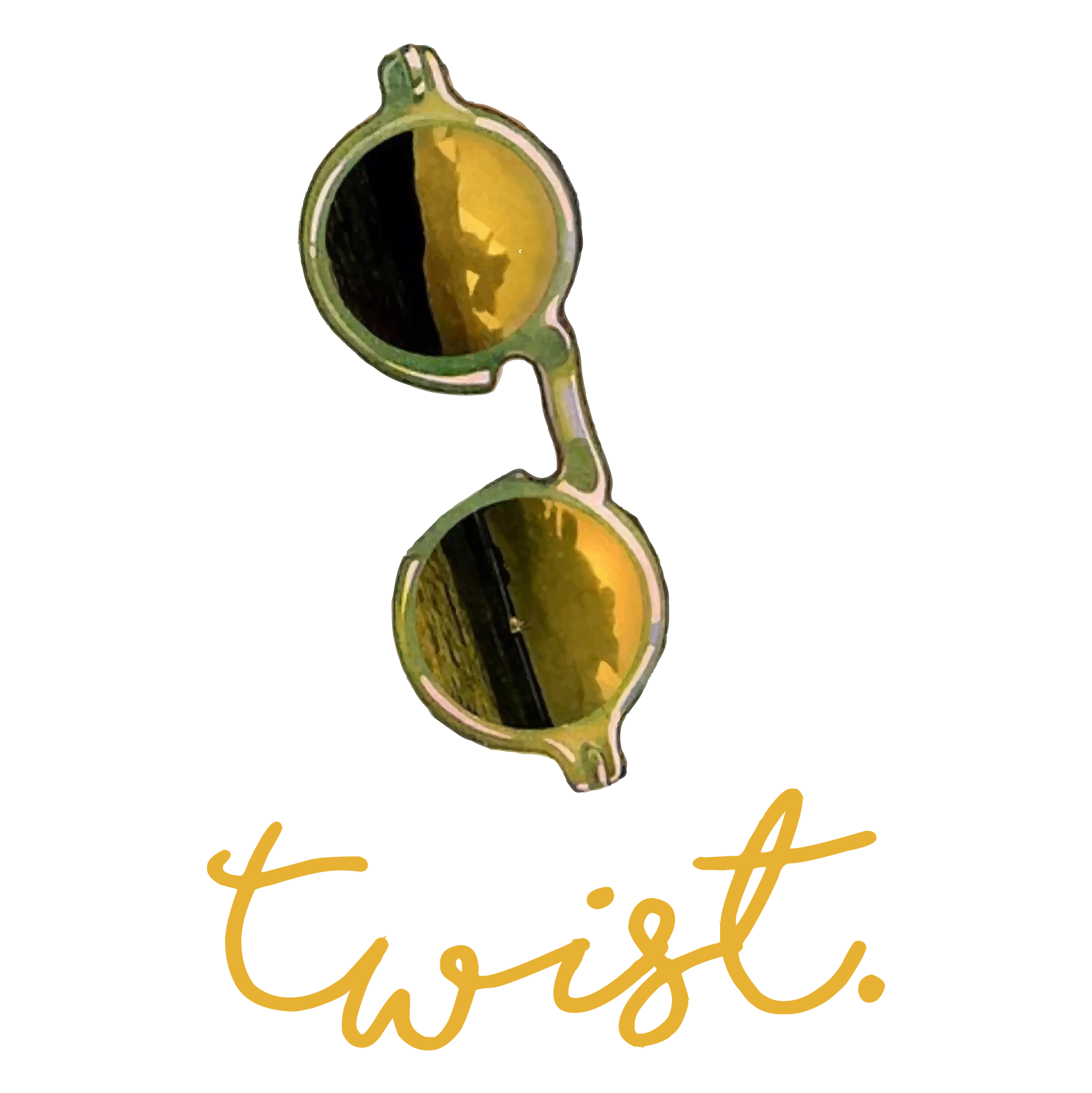More specifically, heterosexual people of each and every age are not as likely than their men equivalents to document are intimately energetic, once they’re intimately energetic they’ve got a lot fewer couples (Carpenter, Nathanson and Kim resource Carpenter, Nathanson and Kim 2006)
Resource Araujo, Mohr, Mohr and McKinlay 2004). More conceptions of sexual activity and sexual interaction highlight how women and men were viewed in another way, especially in subsequent lives. For example, old female without someone currently labelled as a possible aˆ?danger’ to more youthful men: a sexually aggressive cougar, which includes both negative and positive connotations for females (Montemurro and Siefken research Montemurro and Siefken 2014). While becoming referred to as a cougar is an offensive label, different research reports have proposed that the metaphor can suggest that more mature female tends to be sexually powerful as well as in control (Lawton, Callister and Street guide Lawton, Callister and road 2010; Montemurro and Siefken Reference Montemurro and Siefken 2014). Recognising there exists these conceptions of females and intimate activities in after every day life is essential as latest research has recognized that elderly girls create want control over her intimate strategies, but understandings and personal knowledge of sex, need and relationships in subsequent lifestyle will always be governed by prominent norms of ageing, sex and sexuality (Fileborn et al. Resource Fileborn, Thorpe, Hawkes, Minichiello and Pitts 2015). In comparison, for elderly people, studies is likely to pay attention to problem involving erectile purpose and just how this affects on masculinity, sexuality and close connections (Gott resource Gott 2005; ; Oliffe resource Oliffe 2005; Schwarz resource Schwarz 2005). For both gents and ladies, one response to supporting sexual activity in later existence is through the growing medicalisation of intercourse, like the advancement of sexuo-pharmaceuticals like Viagra (for men’s erections) and Flibanserin (for women’s libido), which does not take into account the greater intricate connection issues skilled by men or women (Gott research Gott 2005; Hollander guide Hollander 2006).
Acknowledging the complexity of those problems, the sexual knowledge of older people may then become more fully understood by way of qualitative information. The most recent wave of English Longitudinal learn of Ageing (ELSA) incorporated an extensive intimate interactions and strategies survey (SRA-Q). A recently printed report based on the statistical facts accumulated of the SRA-Q determined the frequency of sex and reported amounts of intimate health problems (Lee et al. Guide Lee, Nazroo, O’Connor, Blake and Pendleton 2016a ), but the SRA-Q furthermore integrated space for qualitative opinions as made. These qualitative data are essential while they provide a way to sound right considerably fully of personal understandings of sexuality-related changes and relations in later existence.
Practices and information
The ELSA are a nationally representative screen study of community-dwelling men and women aged 50 years and old in England. Complete precisely the study layout and practices being defined earlier (Steptoe et al. Guide Steptoe, Piece Of Cake, Banks and Nazroo 2013). However, in trend 6 chatango (executed in ), a new tool is provided which aimed to recapture information on sexual relations and activities in after existence. Out of a total of 10,601 people that took part in Wave 6, 7,079 (67percent) complete and came back the paper-based ELSA SRA-Q. The SRA-Q integrated concerns on thinking to gender, frequency of sexual tasks and behaviours, difficulties with intimate activities and work, issues and concerns about sexual recreation, work and relations, and information about latest sexual partnerships. Trend 6 players complete the SRA-Q in private and closed the questionnaire in an envelope upon conclusion. There have been female and male models regarding the SRA-Q, that are offered by the ELSA website ( At the end of the survey there was a totally free text field and players were asked to supply any additional feedback. The specific prompt expected: aˆ?If there is whatever else you’d like to reveal, please write-in the area below. We will become most interested to read through that which you need state.’ A maximum of 1,084 group done this section. Dining table 1 details the attributes of participants exactly who given additional opinions within the ELSA SRA-Q.


